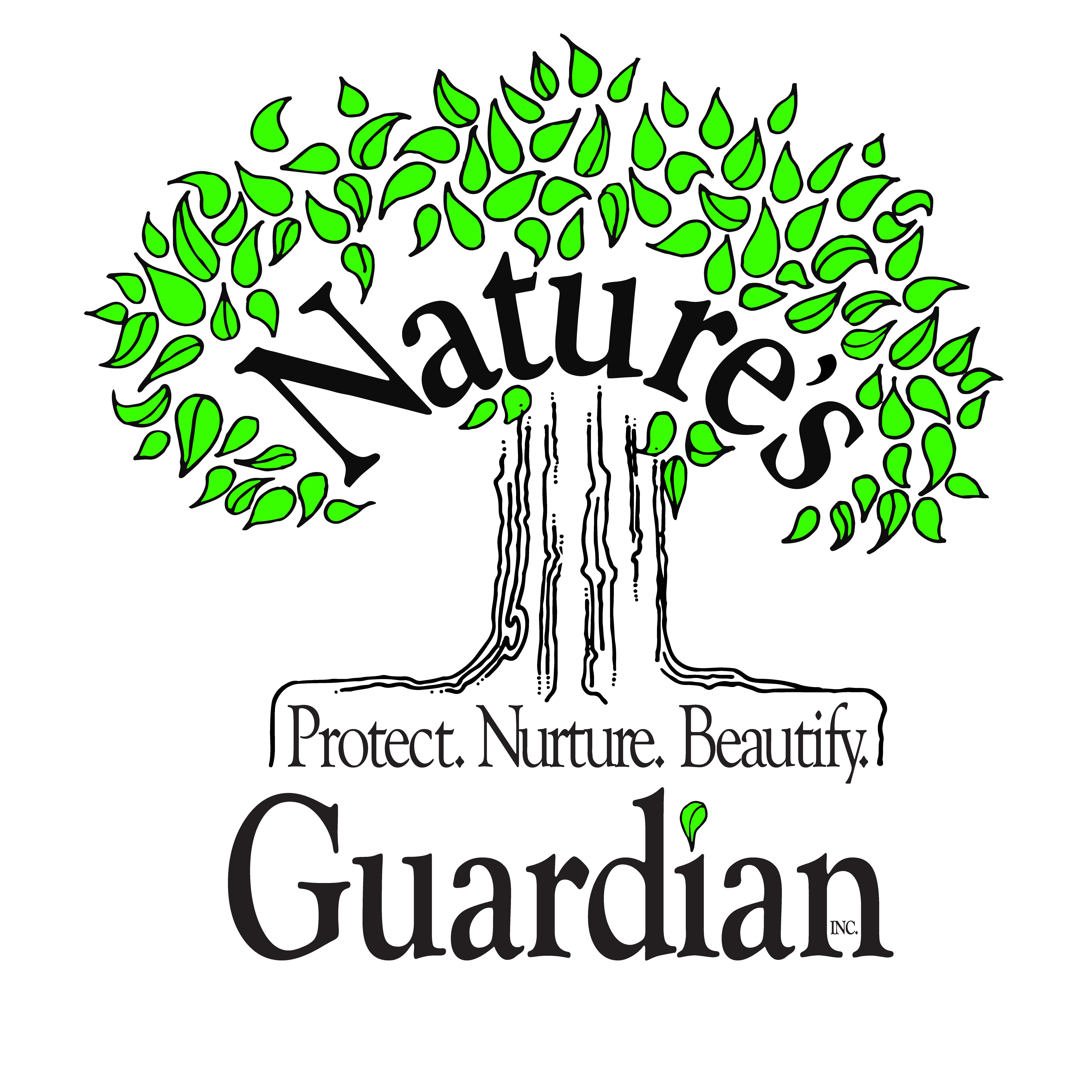Extended periods of cool wet weather can result in red thread lawn disease caused by the lawn fungus Laetisaria fuciformis. This lawn disease inflicts its most damage during mid- to late spring and late summer to early fall. The fungi live in the soil and thatch layer and feed off the grass by drawing nutrients from it.
A fast spreading fungus; red thread can quickly spread throughout your lawn, causing an unsightly appearance and injuring your lawn significantly. While the fungus will not kill your lawn, it will make it susceptible to other disease and insects, which may permanently damage your lawn.
Conditions such as high rainfall amounts, wet conditions, low levels of nitrogen and high humidity contribute to the emergence of this disease. This can exist with an under fertilized lawn and it occurs mostly when the weather has been rainy or damp and humid.
Cool season grasses tend to be the most susceptible to red thread. Common varieties include red fescue, ryegrass, Kentucky bluegrass, and bentgrass. Some turf varieties are naturally thread-resistant. These include “Bilart” and “Claudia” fine fescues, “Chateau” Kentucky bluegrass, and “Pennant” perennial ryegrass.
The first noticeable symptoms are water-soaked patches of grass in the spring. Infected grass blades soon die and fade to a bleach-tan color when dry. When infected, leaf blades are often interspersed with healthy unaffected leaf blades giving the grass a ragged appearance. Red thread occurs during humid periods when the air temperatures are between 60°F and 75°F.
Ways to prevent red thread disease are to avoid overwatering, provide good soil drainage and plant trees and shrubs far enough apart so that large areas of grass do not remain shaded for long periods during the day and so that dew and other moisture on the grass will readily evaporate. Selective pruning of established trees and shrubs may also help. Fungicide may be used to suppress growth, aeration and soil modification, proper watering schedule should be practiced. Where disease is severe, fertilizer applications may be necessary.
